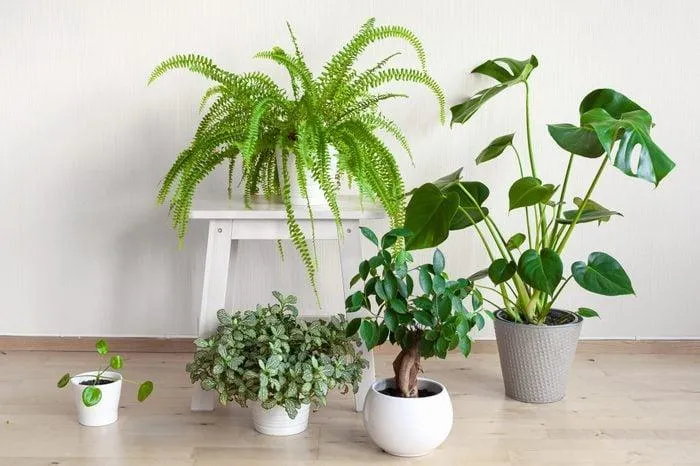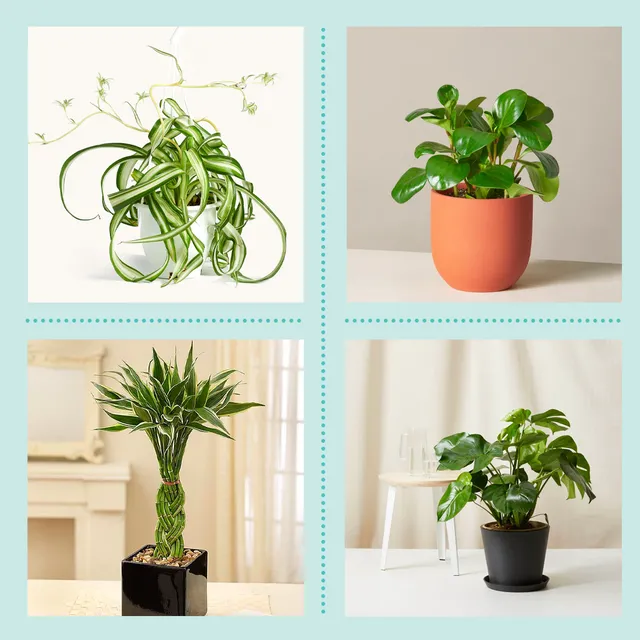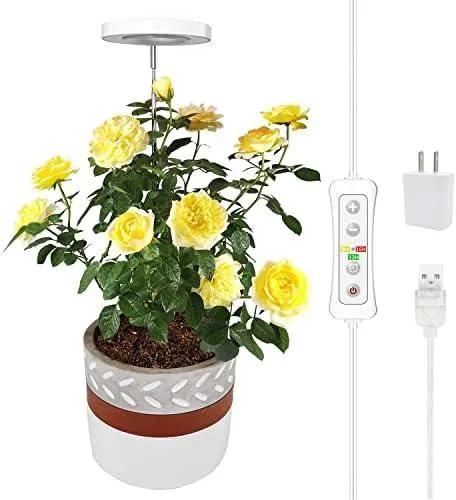Top Plant Choices for Low Light Areas Where Your Dog Likes to Hang Out
If you have a furry friend that loves to be wherever you are in your home, finding the right plants for low light spots they frequent can seem difficult. As a frequent pup parent myself, I’ve tried countless plant varieties over the years to find ones that won’t wilt in the dimmer corners and are also non-toxic for curious dogs. In this article, I’ll share the top dog safe low light plants I’ve had success with from my own experiences, along with tips on caring for them so Fido can lounge without worry.
Snake Plants (Sansevieria trifasciata)
- One of the toughest indoor plants you can find, snake plants can thrive in very low light conditions like under furniture or behind windows with minimal sunlight. Their stiff, upright leaves require water only every couple weeks, so they’re easy to care for.
- While the leaves have a spiky appearance that could pose a minor chewing hazard, snake plants are non-toxic if ingested by dogs. I’ve had one in a corner my lab likes to nap in for over 5 years with no issues. A perfect choice for spots with little natural light where pets spend time.
Pothos (Epipremnum aureum)
- With heart-shaped leaves in various golden, green, or variegated colors, pothos vines thrive hanging or trailing from baskets. They’re extremely tolerant of low, indirect light and neglectful watering habits – basically ignoring them for weeks won’t kill them.
- Like snake plants, pothos are considered non-poisonous if consumed by dogs in small amounts. The flexible vines can be gnawed on by curious pups without danger. I hang small baskets of pothos in corners my pups nap to give them some plant appeal without risk.
China Doll Plants (Radermachera sinica)
- With dense, glossy green foliage and arching branches, China doll plants lend tropical appeal to dim areas. They perform well in very low light and should only be watered when the top inch of soil dries out, making them easy for busy pet owners.
- While some plant databases list China doll plants as potentially toxic if large amounts are ingested, in practice they seem relatively dog-safe in moderate amounts if chewed. The thick, waxy leaves aren’t very palatable. I haven’t had problems with them where my pups play.
Peperomia (Peperomia genus)
- With over 1,000 varieties displaying unique foliage shapes and colors, peperomias offer diverse options for low light spots. Ruffled, rounded, heart-shaped, or glossy leaves in vibrant tones often mark peperomia varieties as non-toxic.
- Watering needs vary by variety, but most are very tolerant of irregular care. Their compact size makes them ideal for pet-friendly spaces. While leaves may be nibbled, peperomias display minimal/no toxicity if eaten by dogs in small amounts.
Now that we’ve covered some top plant picks for doggies browsing dimly lit corners, here are a few tips to keep them thriving long-term:
Water Consistently When Soil is Almost Dry
Overwatering is a common killer of indoor plants, and low light spots tend to stay moister longer. Stick your finger an inch into the soil and water deeply only once it’s almost bone dry – usually every 1-2 weeks depending on conditions. While a wilted leaf may tug at your heartstrings, resist watering until the whole plant needs a drink.
From my experience, missing a weekly watering here or there won’t harm super tough plants like snake or pothos plants. But for slower growing varieties like peperomias, aim to water consistently to keep foliage perky.

Prune and Remodel Branches
Growing new leaves requires energy from the whole plant. To encourage robust growth and prevent leggy vines over time, periodically trim branches of pothos, China doll plants, or anything that winds or trails. Remove any dead or damaged foliage while you’re at it.
The clipped pieces can easily root in water on your windowsill to make new plants! Consider retraining long branches into more compact, full shapes to better suit your space using twist ties or stakes. Proper pruning helps low light loving plants stay bushy.
Fertilize Monthly in Spring and Summer
While not completely necessary, applying a balanced liquid houseplant fertilizer monthly during warmer growing seasons provides key nutrients to keep foliage vibrant. Follow package instructions for dilution, and be sure to flush excess fertilizer from soil well with plain water after a few weeks.
Overfertilizing can “burn” roots, so go light when feeding plants that may not use up fertilizer quickly due to low light levels. Some options to consider are diluted fish emulsion, compost tea, or water soluble all natural formulations. Your plants will appreciate the boost.

Hopefully this overview of some stellar plant picks for dim corners where pups hang out provided answers for your search! Feel free to experiment beyond the varieties mentioned here too – there are many lesser-known pet friendly options suitable for low light placement.
Finding the right balance takes trial and error, so don’t hesitate to move plants around if spots prove drier or brighter than anticipated. With some care adjustments like watering properly, pruning routinely, and feeding seasonally as needed, these hardy choices should coexist happily alongside furry friends for years to come. Let me know if any other plant questions come up!
Dog Safe Low Light Houseplants
| Plant | Light Needs | Toxicity Level | Care Tips |
|---|---|---|---|
| Pothos | Low | Non-Toxic | Water when top inch of soil is dry. Thrives with neglect. |
| Snake Plant | Low | Non-Toxic | Water every couple weeks. Very hardy. |
| Peace Lily | Low-Medium | Mildly Toxic | Water when soil is dry. Likes humid environment. |
| Chinese Evergeen | Low | Mildly Toxic | Slow growing. Tolerates low light and temperatures. |
| Spider Plant | Low | Non-Toxic | Propagates easily from plantlets. Very pet friendly. |
FAQ
-
What plants are safe for dogs with low lighting needs?
Some plant options that don’t require a lot of light and are safe for dogs include peace lilies, pothos, philodendron and spider plants. These plants are non-toxic if eaten by dogs.
-
Can dogs eat peace lilies?
Yes, peace lilies, known as spathiphyllum, are considered safe for dogs despite rumors about toxicity. While the flowers and leaves don’t offer any nutrition, they usually pass through a dog’s system without issues if consumed. So peace lilies can work well as low-light tolerant houseplants around dogs.

-
Are spider plants poisonous to dogs?
Spider plants, or chlorophytum comosum, are generally not harmful for dogs. Reports suggest spider plants have low potential for toxicity. However, like any houseplant, it’s best to keep them up high where dogs can’t easily access and nibble on the leaves and flowers. As long as a dog doesn’t eat large quantities, spider plants pose little risk.
-
What should I do if my dog eats a pothos plant?
If Fido nibbles on a pothos, known as epipremnum aureum, it’s unlikely much will happen. However, you might see signs that are actually kinda funny like drooling. Pothos plants contain insoluble calcium oxalate crystals so chewing larger amounts could potentially cause some mild mouth irritation. Nonetheless, lots of people have dogs and pothos living together peacefully. Keep an eye out for anything strange just in case, but pothos are generally considered non-toxic for dogs despite containing those crystals.
-
Are philodendron plants poisonous to dogs or cats?
While some philodendrons can potentially cause minor gastric upset if consumed by pets, the “Golden Pothos” or “Heartleaf Philodendron” is thought to present low risk. These types contain tiny calcium oxalate crystals like pothos plants. Still, it’s smart to keep philodendron leaves and stems out of reach as a precaution since dogs occasionally like to chew on houseplants. With proper supervision, philodendrons can co-exist happily with furry companions.
-
What should I do if my dog gobbles up a leaf from one of these plants?
If by chance your pup decides to basically chomp down on a leaf from a potted plant, don’t freak. Stay calm and get in touch with an animal poison control hotline to find out if any action is required. Make sure your dog has access to fresh, clean water too. Keep an eye out for signs of trouble like drooling, vomiting, or diarrhea for the next 12-24 hours. However, as long as it’s one leaf from a generally non-toxic plant, the leaf is more likely to pass on through without drama. Giving your dog some hugs might help put your mind at ease! As always, prevention is better than reaction when planting with pets in mind.

-
Are any other low-light houseplants safe for dogs?
Besides the options mentioned above, snake plants and Chinese evergreens also tolerate low light and present little risk to canine companions. Snake plants, or sansevieria, contain compounds that are not easily absorbed and studies show low potential for harm. Chinese evergreens, known as aglaonema, occasionally trigger mild mouth irritation if consumed by dogs, but that is about it. To be safe, keep all plants elevated where dogs and cats cannot access them, even if they are believed to be non-toxic. Prevention is key when dogs and plants coexist in a home environment.
